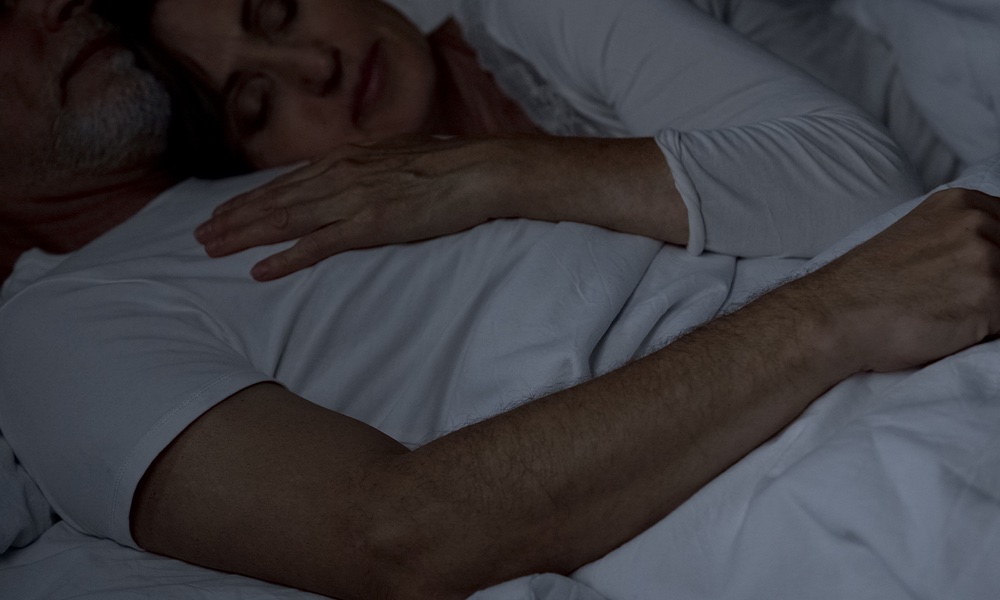Researchers have discovered a vital piece of the puzzle of the body’s pain mechanism. They say that having done so will help the medical community devise effective, non-addictive drugs to treat acute and chronic pain.
The key: chili peppers. Kenneth Hargreaves and his team at the University of Texas Health Sciences Center in San Antonio focused on the TRPV1 receptor, which is the same receptor that responds to capsaicin, the ingredient in hot chilies that gives them their “burn.” They already knew that TRPV1 is activated during the regular pain response, and wanted to learn more about how the receptor functions during this reaction.
The team is already working on new classes of drugs that could treat pain at its root – and target the OLAMs themselves, rather than the central nervous system.
The researchers took skin flaps from mice and heated them to 43° C, which is the temperature at which humans begin to feel pain. They then applied the fluids they collected from these sample to mice who were either normal or to those who lacked the TRPV1 gene (knock-outs). Hargreaves says that the pain cells of the normal mice were incredibly active after application of these heat-induced fluids, but the pain cells of the knock-out mice did not show this kind of activity.
Hargreaves says that the work is “a major breakthrough in understanding the mechanisms of pain and how to more effectively treat it.” The team is already working on new classes of drugs that could treat pain at its root – and target the OLAMs themselves, rather than the central nervous system. He adds that the study’s results “[suggest] that agents blocking either the production or action of these substances could lead to new therapies and pharmacological interventions for various inflammatory diseases and pain disorders such as arthritis, fibromyalgia and others, including pain associated with cancer.”
As new drugs are designed in the light of the study’s findings, Hargreaves also believes that it is possible that the issues of “addiction and dependency to pain medications” might be avoided altogether.




